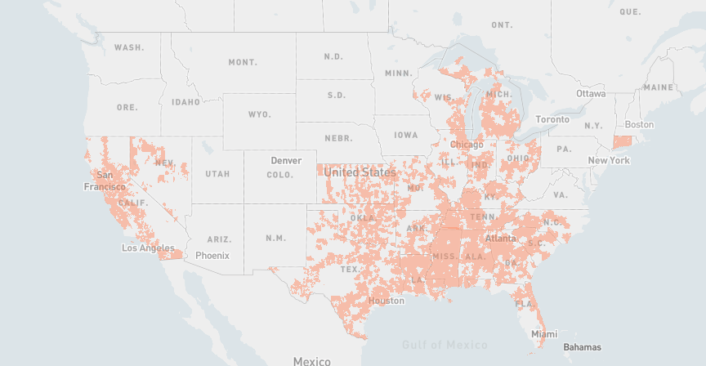

In telecommunications, it is used for high-bandwidth WLANs and short-range personal area networks (PANs). Millimeter wave has numerous uses, including telecommunications, short-range radar and airport security scanners. Its propagation is also affected by proximity to humans and animals, primarily due to their water content. The propagation distance at the lower frequencies is up to a kilometer, while the higher frequencies travel only a few meters.Ī millimeter wave travels by line of sight and is blocked or degraded by physical objects like trees, walls and buildings. Rain and humidity reduce their signal strength and propagation distance, a condition known as rain fade. Millimeter waves are absorbed by gases and moisture in the atmosphere, which reduces the range and strength of the waves. Small cells also facilitate the reuse of channels across the WLAN coverage area.Īntennas for millimeter wave devices are smaller than for other frequencies, making them more suitable for small internet of things (IoT) devices. The short propagation distance can increase the number of access points (APs) to cover a large area but also means fewer client devices will share the bandwidth in each cell. Propagation restrictions dictate the use of small cell sizes for Wi-Fi and cellular networks. In telecommunications, millimeter wave is used for a variety of services on mobile and wireless networks, as it enables higher data rates than at lower frequencies, such as those used for Wi-Fi and current cellular networks. Millimeter wave is a band of electromagnetic spectrum that can be used in a broad range of products and services, such as high-speed, point-to-point wireless local area networks ( WLANs) and broadband access. It is also known as the extremely high frequency (EHF) band by the International Telecommunication Union (ITU). Millimeter wave (MM wave), also known as millimeter band, is the band of spectrum with wavelengths between 10 millimeters (30 GHz) and 1 millimeter (300 GHz).


 0 kommentar(er)
0 kommentar(er)
